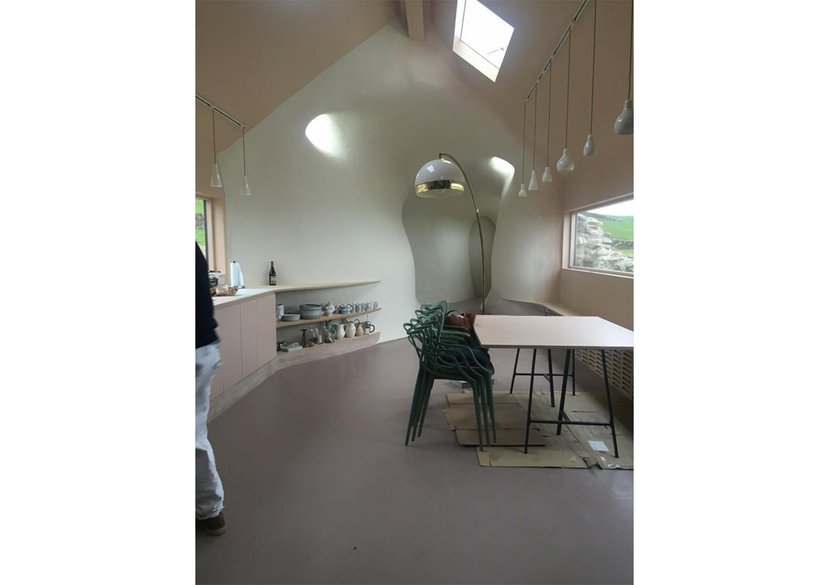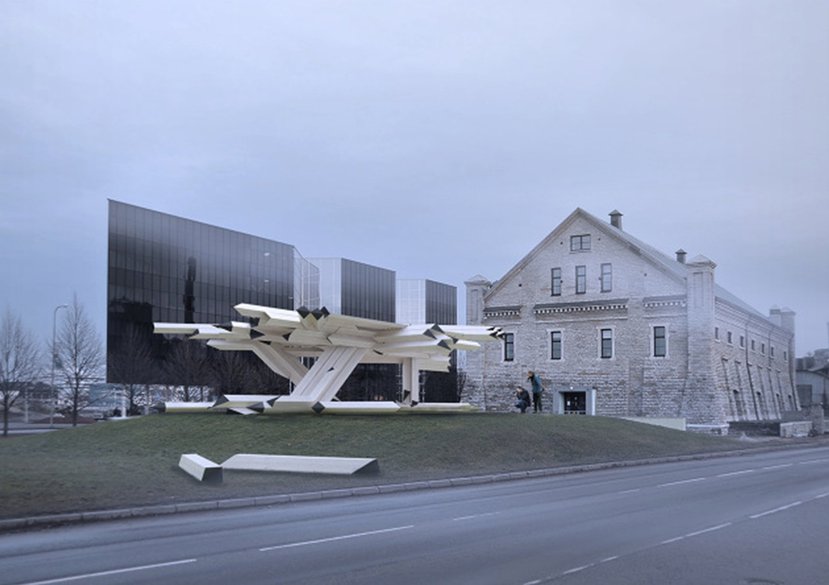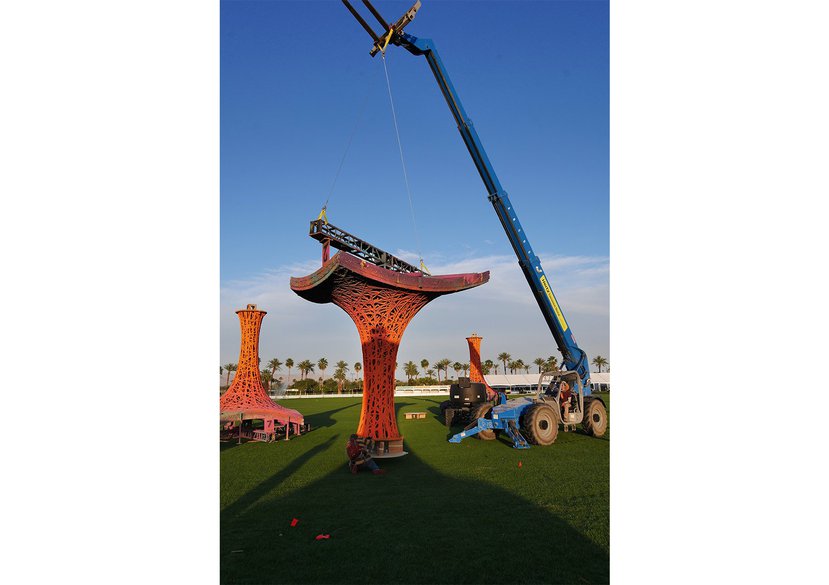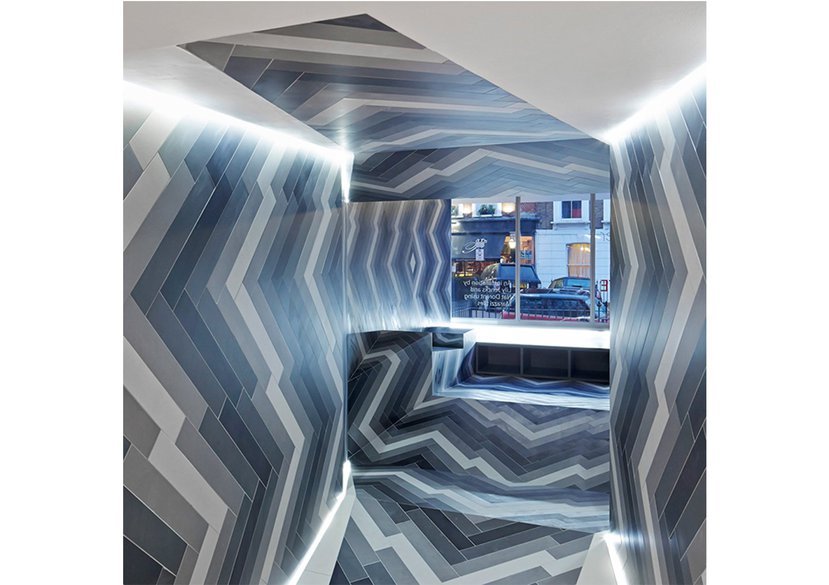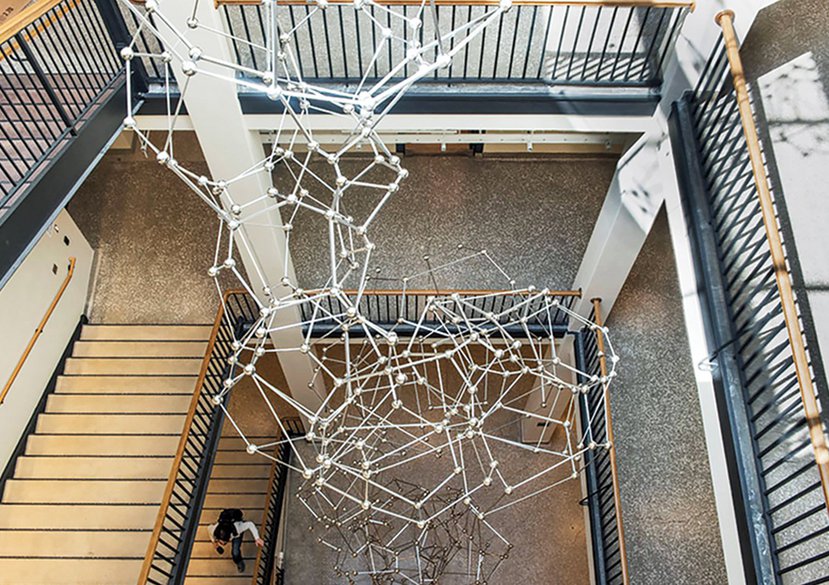
Manja is a structural engineering focussing on structural deisgn geometry and fabrication. Her reearch is concerned with Life Long design strategies and new teaching methodlogies.
As a unit lead for Technical Studies, Manja supports students to develop their technical studies, integrating these skills into studio design projects. Based on a Climate Emergency Manifesto, students investigate new materials and typologies, the impact of reuse and climate structures and resources. Although the unit fulfils the technical requirements set by professional bodies to become a registered architect, the approach utilises methods of 1:1 exploring, workshops with professional structural engineers and environmental designers; enriching an embedded approach with applied learning, alongside lectures and seminars.
Alonside this, Manja’s practice research in life long design develops further the opportunities of design for dis-and reassembly, recycling in structural design and 1:1 think tanks exploring flexible construction methodologies.
Key details
School, Centre or Area
Expertise
Gallery
More information
Research interests
Manja's research interests combine Innovative structural design with explorations through new design methodologies learning from different industries.
One key interest is multiple stable states; designs that house multiple embedded performances which can be triggered over the lifetime of a design, providing a new form of multi optimisation – curating interacting digital and physical parameters.
This quest revisits how we design, a place where product can be read as process. It is not anymore static, it is able to evolve from its first 'state' to the next and grows with you.
Behind the scenes, a powerful curation allows for the 'unknown'; interacting parameters working through means of redundancy – a multiplicity of combinations – to drive a continuous equilibrium – i.e. multiple stable states embedded in one 'object'.
Today everything is about performance, which can be classified, measured and drives design. I want to take this opportunity to make an evolving performance, which is not only about how we compute but also how we create, interact and engage: a creative personalised LONG LIFE performance.
Practice
YIP Engineering London
YIP Engineering (former NOUS engineering London) offers sophisticated bespoke engineering solutions to architects, artists and developers. We seek out synergies between engineering and design, and are continually adapting to engage with advanced simulation software and cross-platform links between design, structure and fabrication.
YIP holds specific expertise in Structural design, linking structure geometry & fabrication. With the design philosophy: YIP 'Yes It’s Possible', we challenge how one might think of structural design.
Projects have explored new materials as Seaweed and Paperpulp + rope as structural materials in installations. Others involve a high-rise project in China, referencing Tetris as varying stiffness and porosity of the façade linking structural performance in a seismic area to architectural spatial drivers.
Ruins Studio, designed by Lily Jencks & Nathanael Dorent, (finished 2016) has won various awards. The private house in Scotland, is built inside ruins and houses an amorhp timber / GRC interior structure.
Key projects YIP / NOUS:
- Kondrk House – FRP shell, LA
- Coachella, Paper pulp pavilion – Ball Nogues, Palm Springs
- Villa Ypsylon, concrete shell – LASSA Architects, Greece
- CBD towers / two towers in China – Urban Systems, London
- Ruins Studio – Lily Jencks & Nathanael Dorent, private house, Scotland
- Made.com / Brick Necklace – Bureau de Change
- PULSATE, cds tile shop primrose hill – Lily Jencks & Nat Dorent
- Bloom a crowd-sourced garden for the London Olympics – A Andrasek & J Sanchez
Manja has worked in the Advanced Geometry Unit in Arup with Cecil Balmond, and in the Advanced technology and research department designing moveable structures, building an extensive knowledge on special architectural structures.
Projects include a glass house designed by Heatherwick Studio, Bombay Sapphire Distillery, Laverstoke Mill: Heatherwick Studio and NUS kinetic Façade, the design of a retractable origami façade that forms an external shading device based on the Momotani folding pattern and West 8 - Wenduine pedestrian bridge Interwoven timber trusses resembling driftwood, where variation in the truss allows for section size and material to generate the randomness.


